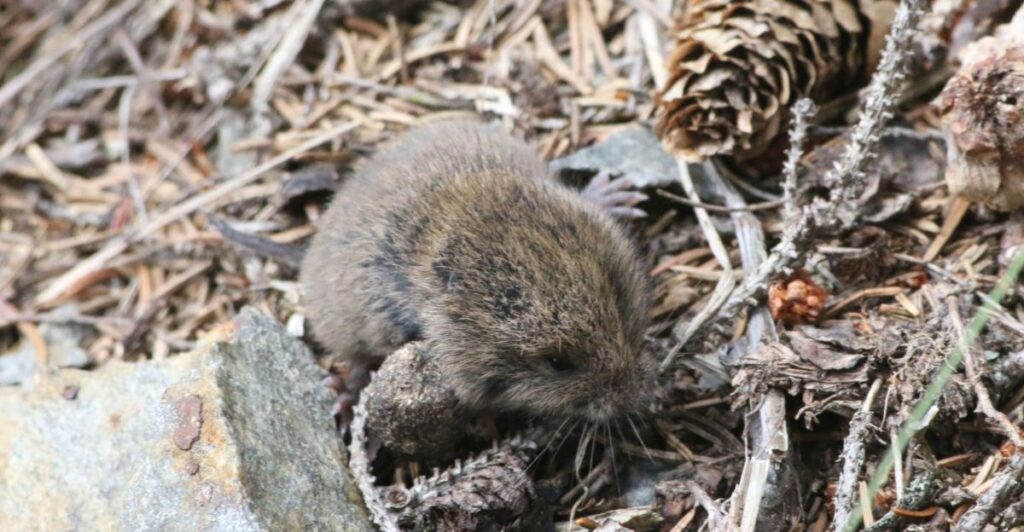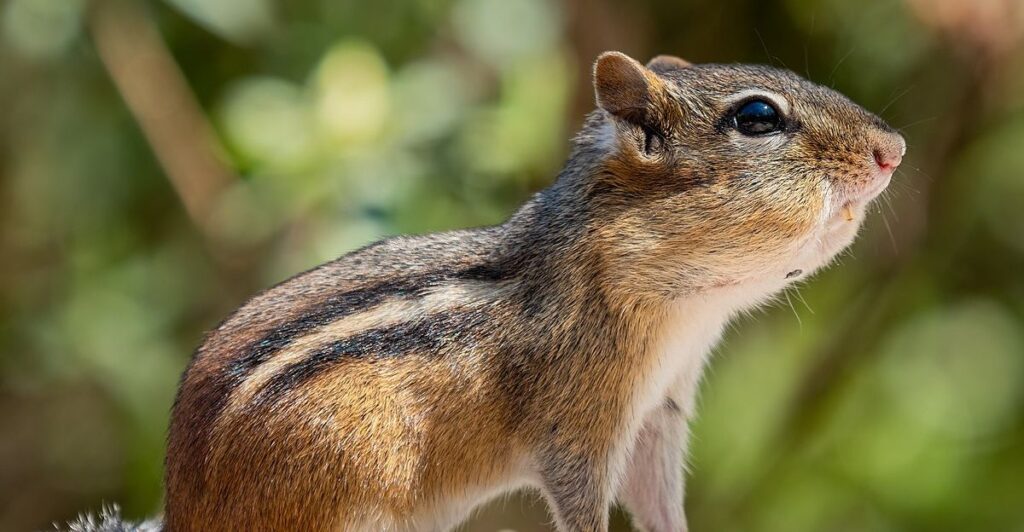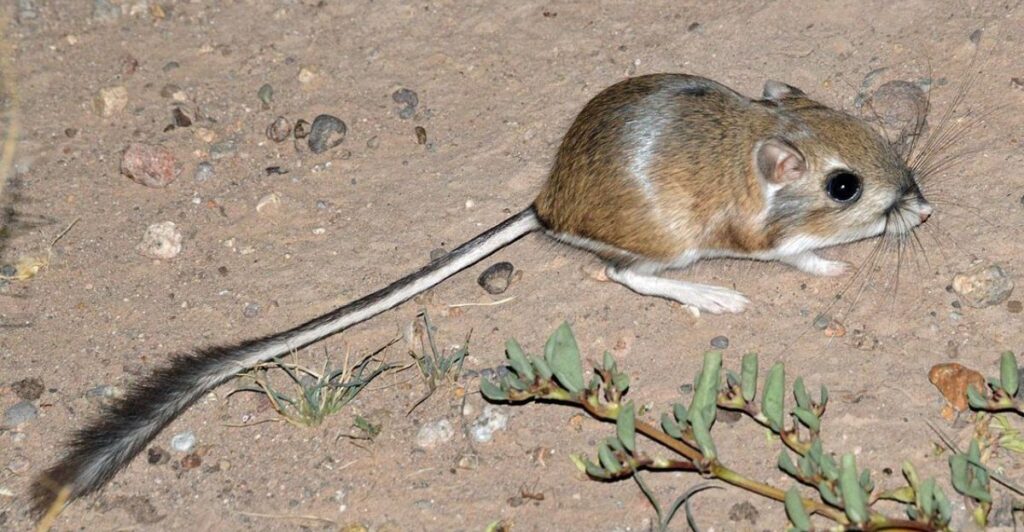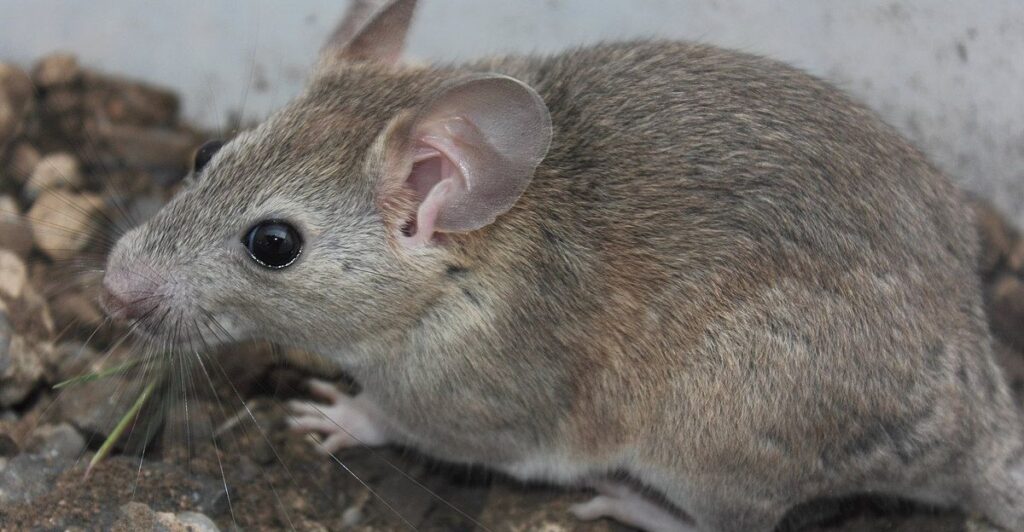
One day, you’re relaxing at home, and somewhere behind the walls, you hear scratching. It’s not your imagination or a ghost; it’s most likely a sneaky rodent. That little intruder could cost you thousands in damages.
According to the American Housing Survey, nearly 14.8 million homes in the United States reported seeing rodents in 2020. These little invaders can cause more than just an inconvenience—they chew through wires, contaminate food, and wreak havoc that can cost you thousands in damages.
Let’s talk about the ten most common rodents that could be targeting your home right now—and how you can stop them in their tracks—before they turn your space into their buffet or a playground.
1. Pine Vole

When you think of voles, you might picture small, harmless critters, but the pine vole proves otherwise. Their burrowing tunnels are often hard to spot, but the aftermath isn’t. Pine Vole loves snacking on roots, causing plant damage in a quiet, hidden way. While you’re looking for signs above ground, this rodent would be working hard below.
2. Prairie Vole

These small, industrious creatures are expert burrowers, creating extensive tunnel networks beneath grasslands and fields. While they prefer areas with dense vegetation, they’re often found foraging above ground, munching on grasses and seeds. Unlike other voles, prairie voles are known for their monogamous social structure. So, if you spot one, it’s likely they’re not alone—they’re living with a partner, tucked away in their underground world.
3. Eastern Chipmunk

Chipmunks might look cute with their striped fur, but don’t be fooled—they’re nature’s little engineers. By burrowing close to your home, these small rodents can cause major problems, especially near foundations. Over time, constant digging near patios or walkways can lead to cracks that can erode your surfaces. So, if you think you and your surroundings are safe because Chipmunks are small, think again.
4. Kangaroo Rat

The Kangaroo rats dig extensive burrows. They also like digging holes near walkways and patios. Eventually, those surfaces can become uneven or unstable. The damage is usually subtle at first, until one day, you notice the boards are sinking in places. Kangaroo rats may not be common in homes, but their underground antics can lead to hundreds and even thousands of dollars in damage.
5. Woodrat (Packrat)

Packrats, or woodrats, are not only hoarders but also masters of cluttering your space. Packrats collect shiny objects and random materials and just stash them in their nests. If they find their way into your home or garage, you might end up missing things. The real kicker? Packrats like to store their stash in places where it blocks vents, pipes, or even car parts. It’s not just a mess—it’s a full-on inconvenience.
6. Cotton Rat

This is a sneaky species of rats that make their way into homes, particularly in the southern parts of the US. You might not spot them immediately; you’ll likely notice signs of their nibbling habits. They love to nest in tall grass, but once winter hits, they’ll look for shelter in your attic or shed. What’s worse is that cotton rats can spread diseases like hantavirus, which makes them a serious health concern.
7. Long-Tailed Weasel

Being quick and agile are the abilities of the long-tailed weasels. In sheds or barns, the weasels prey on small animals and birds. A long-tailed weasel’s sharp teeth and speed make them capable of invading any outdoor space and sliding into structures. While they might not tear up your furniture like a mouse, their presence is one you’ll definitely want to avoid if you value your chickens, rabbits, or other pets.
8. Black Rat

Do you see those rats in movies climbing around the rafters and making a menace? Well, the black rat is that troublemaker in real life, mostly dwelling in urban and coastal areas. Black rats love to invade attics and warehouses. Once inside, they’ll chew through wires and insulation like it’s their snack bar. Plus, they bring along some serious diseases, such as leptospirosis, in their droppings and urine.
9. Southern Flying Squirrel

Think of a flying squirrel, and you might imagine something innocent and chubby. But if one of these little guys makes it into your attic, you’ll quickly change your mind. Homes in the southeastern US have particularly experienced this: the flying squirrel jumps through the air to get inside, usually through small openings in the roof. After that, it chews stuff, hoards food, and creates a mess wherever it goes.
10. Nutria (Louisiana and Southern Coastal States)

If you’re in Louisiana or the southern coastal states, you might find yourself dealing with a Nutria, also called a coypu. These big, semi-aquatic rodents are usually found near rivers and marshes, but they won’t hesitate to invade your attic if they find an entry point. Large-bodied Nutrias are relentless chewers, and their invasive nature makes it hard to get rid of them. In some southern spots, it’s a whole different kind of rodent trouble.
11. How to Get Rid of Rodents

It’s time to take action if rodents have already reached inside your home. First, give a pest control expert a call for a big invasion. For those who like the DIY route, set some traps—snap traps or live traps are your best bet. Also, skip the poison or chemicals because dead rodents in hard-to-reach places will only make things worse. If you find a nest, remove it carefully using gloves and get rid of any droppings or urine.
12. Prevention is Key

Things don’t stop after the cleanup. You need to make sure they don’t pay a visit in the future. Begin by sealing up cracks or holes around your home. Think of it like patching up your fortress—rodents can fit through surprisingly small gaps, so cover up areas around the roof, attic vents, and foundation. Stick wire mesh over vents and chimneys, and fix up any exterior damage that might be their way in. A little work now means fewer headaches later.
Stay connected with us for more stories like this! Follow us to get the latest updates or hit the Follow button at the top of this article, and let us know what you think by leaving your feedback below. We’d love to hear from you!







